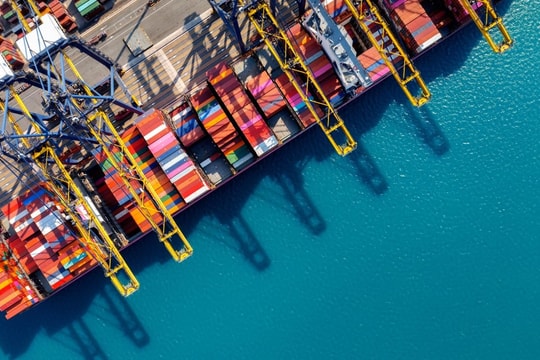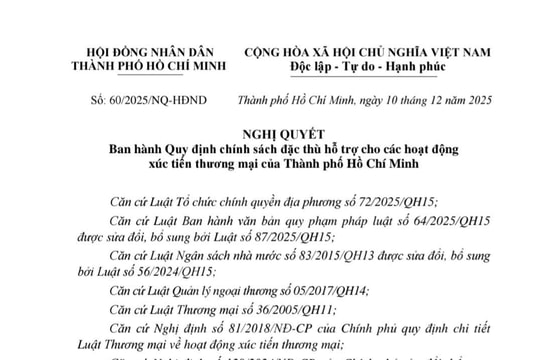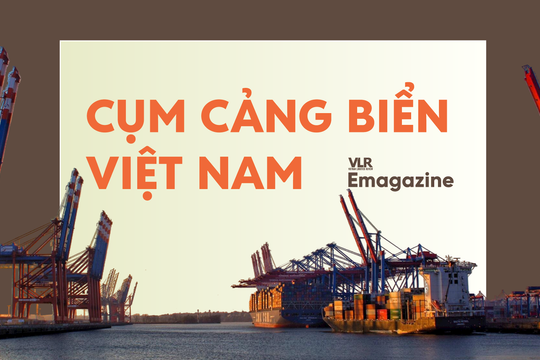
Smoot-Hawley: A Historical Mistake in Protectionism
In 1930, as the U.S. economy plunged deeper into the Great Depression, Congress passed the Smoot-Hawley Tariff Act to protect domestic industries from foreign competition. The act increased import tariffs by an average of 20% on over 20,000 products, including many agricultural and industrial goods.
At first glance, this seemed like a reasonable measure to support American businesses and farmers during tough economic times. However, it triggered a harmful domino effect:
- U.S. trade partners, including Canada, Europe, and other nations, retaliated with their own tariffs.
- American exports plummeted by 40% within two years.
- Many U.S. businesses lost access to foreign markets, while domestic consumers faced rising costs of goods.
- Unemployment soared as industries declined, prolonging the Great Depression.
The consequences of Smoot-Hawley became a harsh lesson on protectionism: instead of safeguarding the domestic economy, it exacerbated the global economic crisis.
New Tariffs in 2025: A Dangerous Move?
Nearly a century later, the U.S. is once again implementing risky trade policies. On February 1, 2025, President Donald Trump announced new tariffs on imports from Mexico, Canada, and China. The stated objectives were to:
- Pressure Mexico and Canada to tighten control over illegal immigration into the U.S.
- Combat fentanyl smuggling—a major issue in the ongoing opioid crisis.
- Counter unfair competition from China, particularly industrial subsidies and the export of fentanyl precursors.
Specifically, the U.S. imposed:
- A 25% tariff on all goods from Mexico and Canada, except for oil and energy imports from Canada, which were subject to a 10% tariff.
- An additional 10% tariff on Chinese imports, on top of the existing 25% Section 301 tariffs.
However, just two days later, on February 3, 2025, the Trump administration announced a 30-day delay in implementing the tariffs to allow for further negotiations with trade partners. This back-and-forth decision-making caused panic in the business community and triggered volatility in financial markets.

Market Uncertainty and Business Concerns
Businesses hate uncertainty. With rapidly shifting tariff policies, many companies struggle to plan operations, price their products, secure alternative suppliers, and maintain stable supply chains.
Economists warn that these tariffs will negatively impact the U.S. economy in several ways:
- Higher consumer costs: Import taxes will raise production costs, ultimately leading to higher prices for American consumers.
- Job losses: Industries relying on imported components, such as automobiles and electronics, will face higher costs and may be forced to cut jobs.
- Stock market instability: Following the tariff announcement, the Dow Jones Industrial Average plummeted by 1,200 points in just two days, reflecting investor anxiety.
This instability has led many U.S. companies to reconsider shifting investments to other markets or even relocating production abroad to avoid retaliatory tariffs.
Global Response: Canada and Mexico Retaliate
The tariffs have not only impacted the U.S. but have also escalated diplomatic tensions with key trade partners.
- Canada’s Strong Response: Prime Minister Justin Trudeau immediately announced retaliatory tariffs on $155 billion worth of U.S. goods, targeting key agricultural and industrial sectors.
- Mexico’s Firm Stand: President Claudia Sheinbaum warned that U.S. protectionist measures could severely damage bilateral trade relations and threaten millions of Mexican jobs.
Facing mounting pressure, Trump agreed to a 30-day tariff delay to seek a diplomatic solution. However, analysts speculate that this might be his usual pressure tactic, designed to force trade partners into making greater concessions.
Is History Repeating Itself?
Looking at the current situation, many economists caution that the U.S. is at risk of repeating the same mistakes made with the Smoot-Hawley Tariff Act of 1930.
Protectionist trade policies once worsened the Great Depression, and in today’s interconnected global economy, tariffs could trigger an even larger trade crisis.

The global economic outlook is growing increasingly bleak, with:
- Rising inflation due to more expensive imports.
- Slower economic growth in the U.S., Canada, and Mexico.
- Escalating trade tensions, potentially leading to a full-scale trade war.
Historical lessons suggest that protectionist measures often backfire and cause long-term economic harm. The key question remains: Will the U.S. learn from the past, or is it heading toward another trade disaster?
As George Santayana famously stated:
"Those who cannot remember the past are condemned to repeat it."
Now, the pressing question is: Has America forgotten the lessons of its own history?




.jpg)




.jpg)

.jpg)
.png)
.png)
.png)


.png)
.png)






.png)

